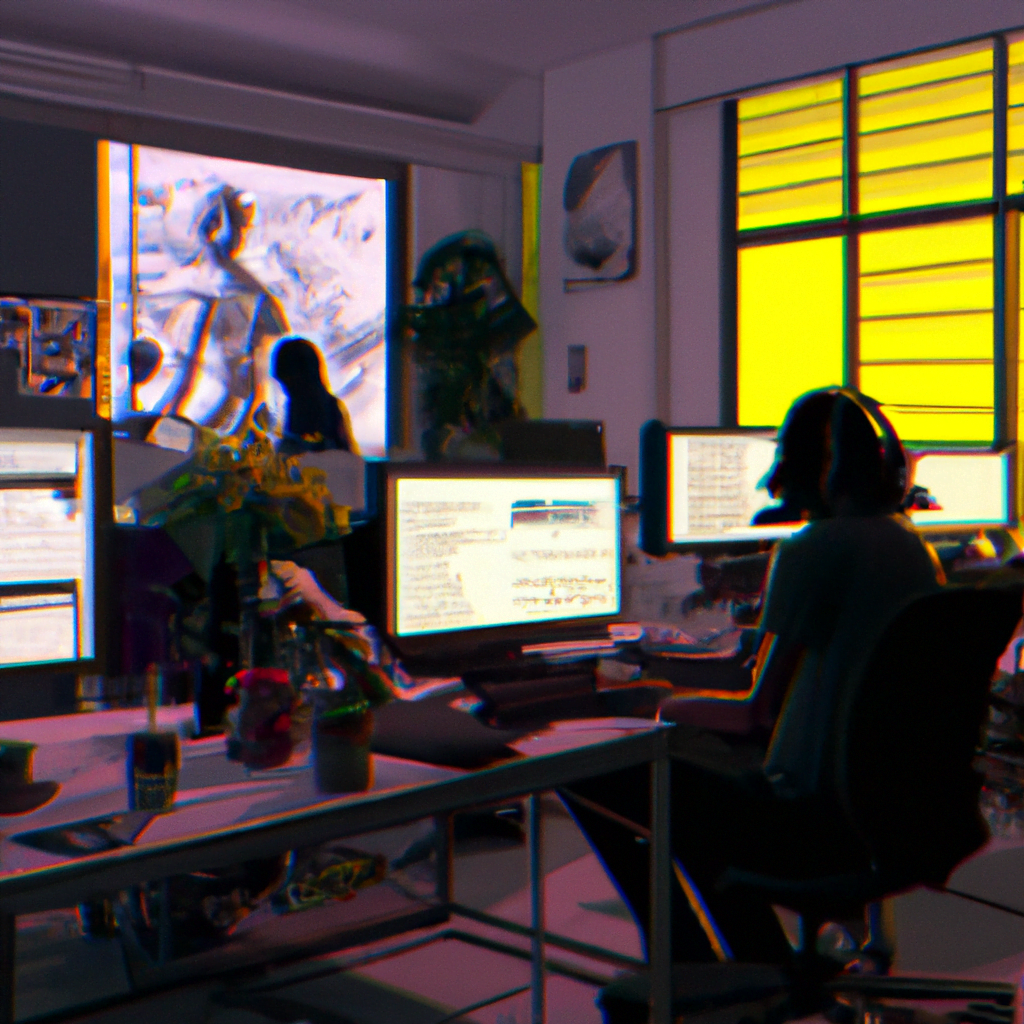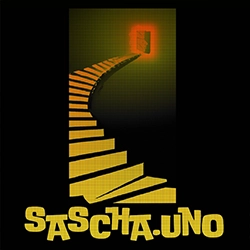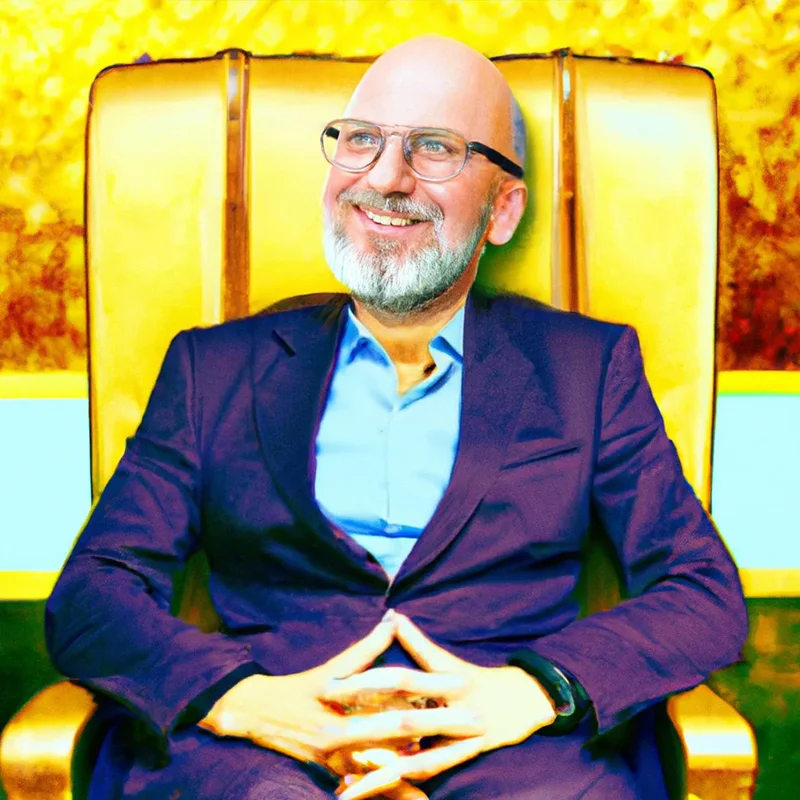AI has many uses in the art world, and art is no exception. Some say AI is a creative aid, while others argue it’s just a publicity stunt. In reality, however, AI is a driver of innovation and can even strengthen artists’ marketability. This article explores how AI could impact the art world.
AI -art is a creative assistant
Many artists struggle with the existential question of whether AI will ever replace them. However, the development of Deep -Learning algorithms has made great strides. As artists, we can teach AI to mimic our styles and express our creativity. This process is called style transfer and has allowed artists to teach AI to create great artwork.
One of the ways AI Art helps artists is by creating storyboards for visual media. It is able to create storyboards from scripts and speed up the development process. This can be a great help for artists who have tight deadlines.
Another way AI Artist helps artists is by maintaining its accessibility. New programs allow non-artists to create art with AI. One popular AI art generator is called Midjourney, which allows users to request images and prompt the visual quality of those images. The program is also capable of creating variations of the same concept. For more control, users can opt for a paid corporate account with Midjourney. This way, they can experiment with different settings, scenarios and effects to create different works.
Several recent advances in AI have led to the creation of new algorithms and high-performance tools. These tools allow humans to spend more time on creative problem solving and design. This new relationship between humans and AI opens up new opportunities for artists. While the use of AI is currently limited to office settings, it is likely to expand to the creative industries.
Another AI art generator is Magenta, which can create new images or manipulate existing data. It also has professional tools that artists can use to create their own work. Another AI art generator, Goart, can generate various images at high resolution. Another application is NFT -creator, which lets users copy the work of famous artists.
It’s a publicity stunt
While many artists are still in the dark about how AI can produce art, there is already evidence that it can create paintings. The exhibition at the Guggenheim Museum in New York offers a glimpse into the future of visual aesthetics. The exhibition includes a portrait of a duke created by an AI program. This work is reminiscent of Renaissance portraiture, but the artist has not disclosed what kind of algorithms the software uses to create the painting.
Some have argued that the work is Aican’s art because its creation is based on algorithms. Elgammal has developed some of the most beautiful and striking Aican works, and he and his partners plan to sell Aican as a solution for artists. The idea is that the algorithm can identify trends and create works based on them. This might be better for qualifying as art than the odd museum portrait. Still, the AI art gold rush has only just begun. Last October, Christies auction house sold an algorithm-generated print of the 19th-century European Portrait.

It’s a critique of realistic AI
The bicycled Nakes’ critique of AI art mirrors the 1960s view, but is slightly different. Instead of focusing on AI as an artifact, he focuses on the mimetic properties of AI art. Art is not a static form, it is always in process, and AI art is essentially a mimicry of the world on which it operates.
AI art can be a critical mode of innovation. Frieder Nake proposed this concept fifty years ago, and it could be a medium for realist art. The problem is that Frieder Nake assumed that AI was the right agent in the real art world. Similarly, Kyle McDonald recently published an article on detecting fake AI images.
The critique of realistic AI is part of a broader critique of the AI art scene. While AI art is not yet a mainstream force in the art world, it is growing in popularity. As such, it is a niche market driven by a small number of protagonists.
The dominant stories about AI are polarized between notions of threat and myopic resolution. They also tend to feature central storytellers representing specific demographics and motivations. Alternative AI stories offer a more realistic way to imagine the future.
It’s a driver of innovation
Artists in the age of AI are creating new techniques to capture audience attention. AI is already being used for a variety of applications, from surveillance to medical diagnosis. The technology is also being used in social media, politics and criminal justice. Growing adoption has spurred a number of groundbreaking applications.
While AI has the potential to transform nearly every human activity, the risk is that it could eliminate many jobs. The power to automate tedious tasks has already created a significant risk of technological unemployment in the coming decades. Artists are particularly at risk.
AI helps people make better decisions and is already being used in many industries. Many of the major e-commerce players use AI to recommend products to their customers. Some have seen a significant increase in their profit points. Another famous application is chatbots, which are computer systems that can interact with customers on a human level even at odd hours.
AI is also enabling new forms of creativity. Scientists are developing AI systems that can perform complex tasks with human skills. For example, a self-driving Toyota Prius has already completed 10 hundred-mile drives, setting the stage for driverless cars. And in 2011, IBM Watson won the quiz show Danger! Using natural language processing and AI to process enormous databases of information and answer human questions in fractions of a second.
While U.S. tech giants like Google, Facebook and Amazon are major players in AI, they still don’t have all the turf in the field. China, for example, has invested heavily in AI, including autonomous driving and e-commerce. They are trying to turn AI into their core industry to be worth 150 billion yuan ($22 billion) by 2020. By 2030, they are expected to be the dominant AI power in the world.
It is a creative helper
The proliferation of AI technology has introduced artists to new tools to enhance their creativity. Although artists have always benefited from tools, using AI to create work seems like the next logical step. Creative artists can use AI to create work that reaches audiences beyond the physical realm. AI applications in the creative industry have increased dramatically over the past five years. According to a study by Davies et al, AI publications in creative fields have increased fivefold from more than five times in many countries. Almost all of these publications are related to image-based data. In addition, the Crunchbase database shows AI use in games, immersive applications, advertising and marketing.

